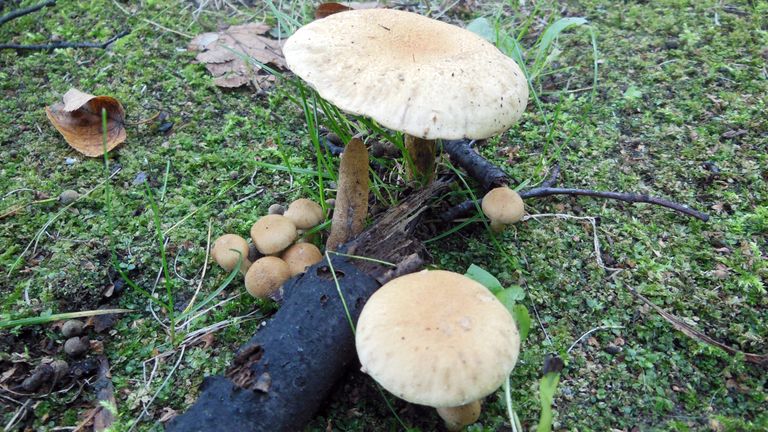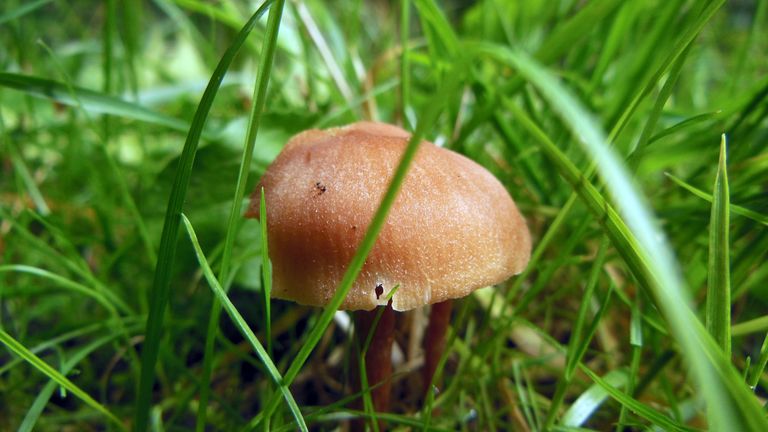
Brown roll-rim - my grandparents and parents ate it and lived a long time. I, too, am still in good health
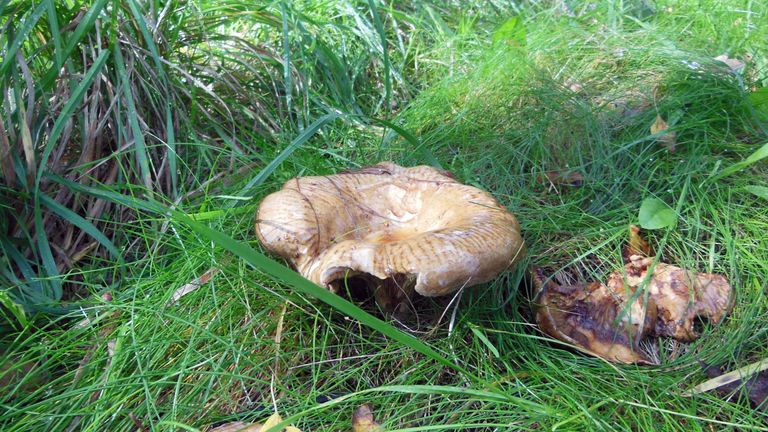
This common mushroom was considered edible in the 1970s. Its edibility changed over time. In the 1980s, the mushroom was conditionally edible, i.e. after being boiled. Worked great in marinades.
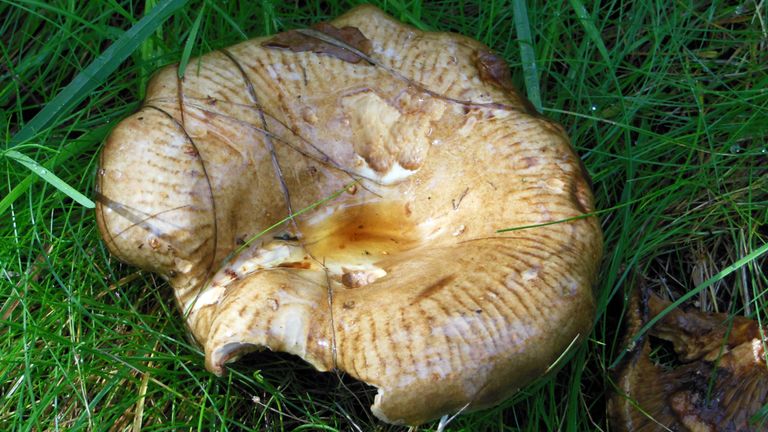
Currently, it is considered an inedible and even poisonous mushroom. Well, I've had the opportunity to try it many times and I'm alive.
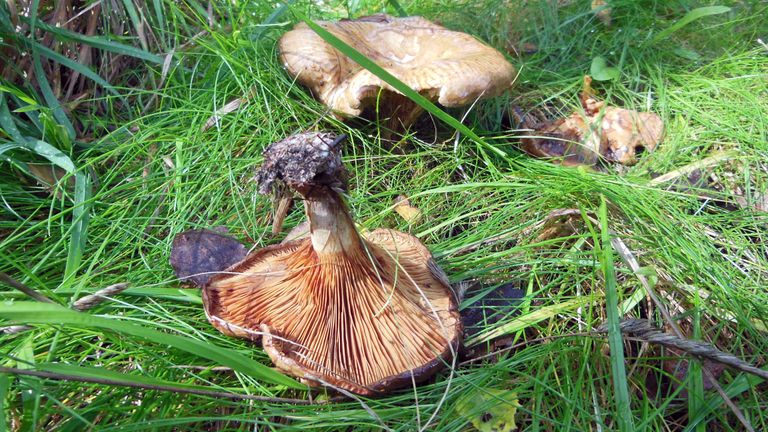
The mushroom is very popular, it can be found in every forest from spring to late autumn. Sometimes its presence in the forest is very annoying, because there is so much of it that it is difficult to see other edible species of mushrooms.
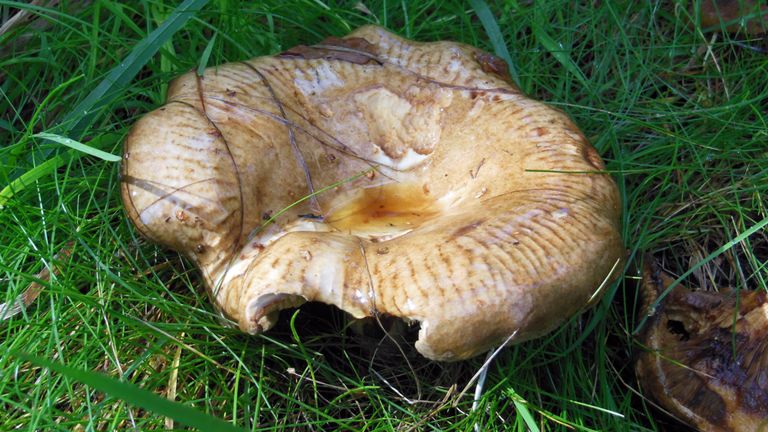
The hat can reach up to 15 cm in diameter. The young fruit body has strongly rolled edges, with age the cap flattens out and even becomes concave.
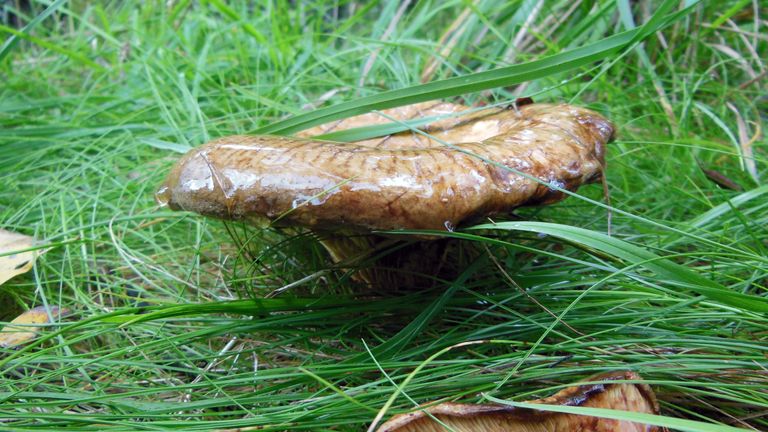
The color of the cap is variable, usually brown, nutty, reminiscent of edible mushrooms. When it rains, the surface of the cap is shiny, sticky.
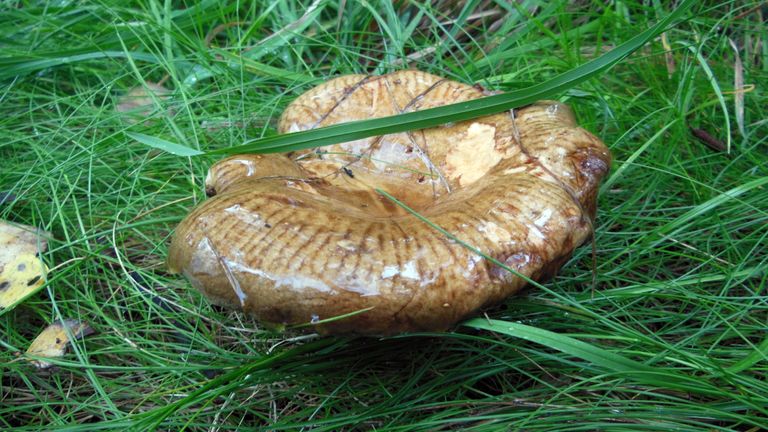
Gills are cream-colored in young fruiting bodies, older fruiting bodies have brown, rusty gills.
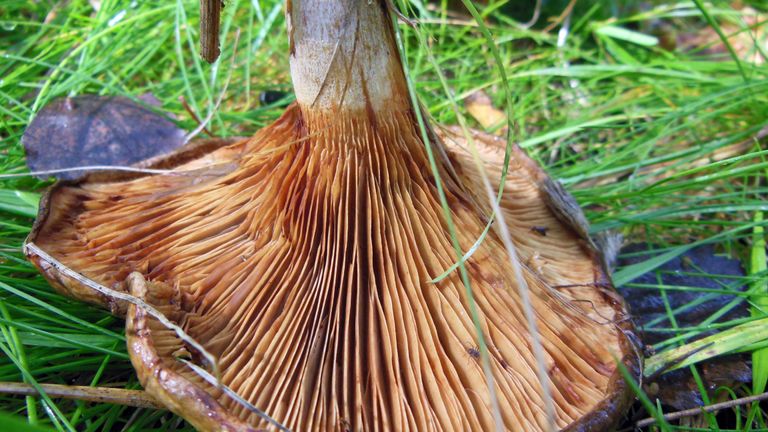
The leg is massive, compact, with a cylindrical shape. It is relatively short, usually not exceeding a few cm. It is full inside and has no ring.
The fleshy yellow flesh has a slightly mushroom smell and taste. Turns brown when damaged. The mushroom is now considered poisonous and is not edible even after cooking. I had the opportunity to try this mushroom a long time ago. It tasted quite good in vinegar. Of course, I advise against such practices. Apparently, long-term consumption of this mushroom causes the breakdown of red blood cells and, as a result, leukemia.

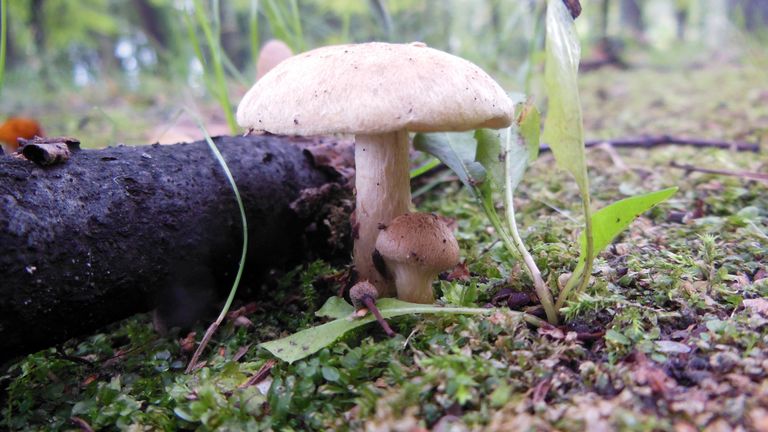
Along the way, I encountered several other species of gill mushrooms that I have not identified.
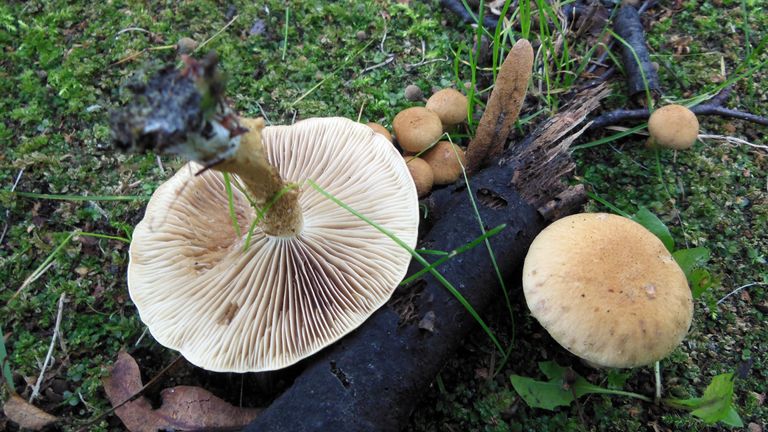
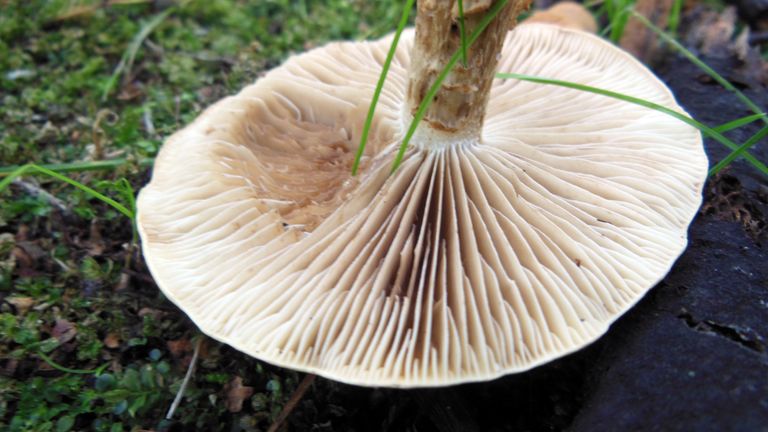
I liked them visually, so I immortalized them in pictures, without any clever description.
